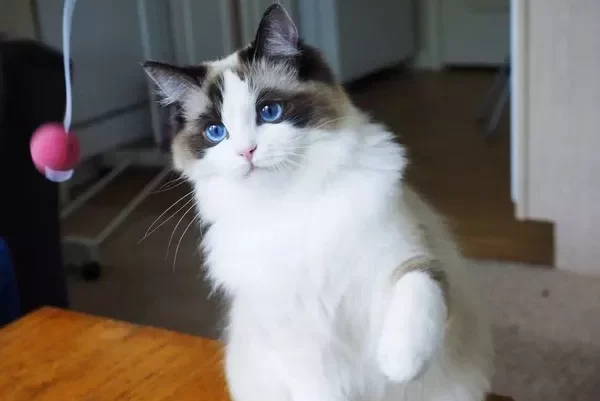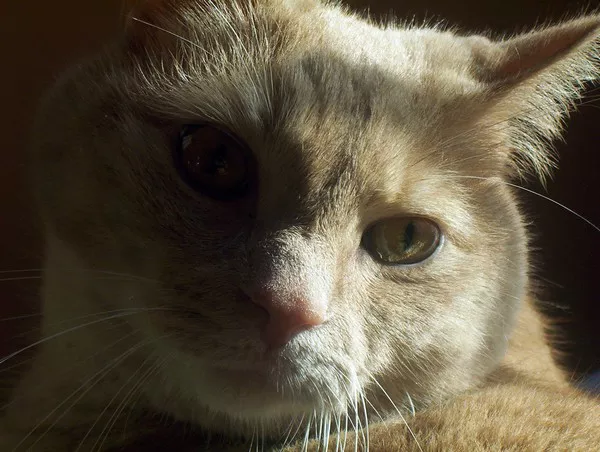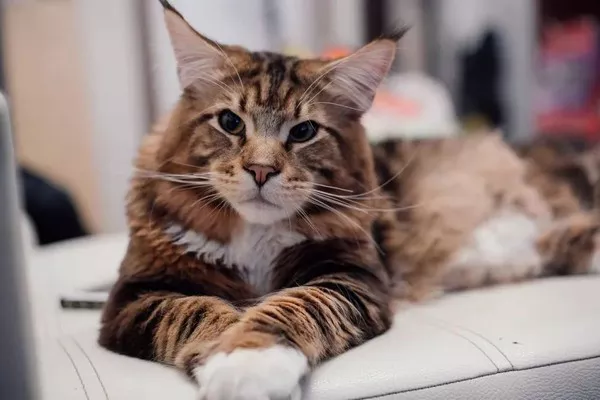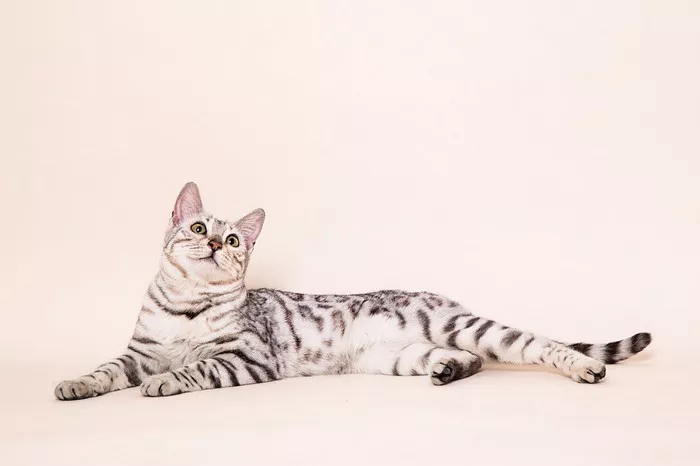Ragdoll cats are renowned for their striking blue eyes, silky fur, and docile nature. Originally bred in the 1960s, these feline companions have captivated the hearts of cat lovers worldwide. In this comprehensive guide, we will delve into the history, physical characteristics, personality traits, grooming needs, health considerations, and more, to provide an in-depth understanding of the enchanting Ragdoll cat breed.
1. Origins and History:
The Ragdoll cat breed originated in Riverside, California, in the early 1960s. A woman named Ann Baker developed these cats by selectively breeding Josephine, a semi-feral white cat with unique attributes. Baker’s goal was to create a sociable, affectionate breed with striking looks and a docile temperament. The breed’s name, “Ragdoll,” refers to their tendency to relax and go limp like a ragdoll when held.
2. Physical Characteristics:
Ragdolls are large, sturdy cats with a muscular build. They reach full maturity at around four years old. Their most distinctive feature is their captivating blue eyes, which are usually oval-shaped. Ragdolls come in various coat patterns and colors, including colorpoint, mitted, and bicolor. Their dense, semi-longhair coats require regular maintenance to prevent matting and tangling.
3. Personality Traits:
Ragdolls are known for their sweet and gentle nature. They are often described as “puppy-like” due to their tendency to follow their owners around the house and crave human companionship. These cats are highly social and adapt well to families, including children and other pets. Ragdolls enjoy being held and are often referred to as “lap cats.” They possess a calm and laid-back demeanor, making them suitable for households with a relaxed atmosphere.
4. Care and Grooming:
Ragdolls have a moderate grooming requirement due to their semi-longhair coats. Regular brushing helps prevent matting and reduces the amount of shedding. Their beautiful blue eyes should be gently cleaned to remove any discharge. Maintaining good dental hygiene, providing a balanced diet, and regular veterinary check-ups are essential for their overall well-being.
5. Health Considerations:
Like all cat breeds, Ragdolls may be prone to certain health issues. Hypertrophic cardiomyopathy (HCM), a heart condition, is one of the primary concerns in Ragdolls. Regular cardiac screenings are recommended to detect any signs of HCM early on. Polycystic kidney disease (PKD), a genetic disorder that affects kidney function, can also occur in Ragdolls, although responsible breeding practices have significantly reduced its prevalence. Other potential health issues include bladder stones, dental problems, and obesity. Providing a balanced diet, regular exercise, and routine veterinary care can help minimize these risks.
6. Training and Enrichment:
Ragdolls are intelligent cats that can be trained to follow commands and learn tricks. Positive reinforcement techniques, such as treats or praise, work best when training them. Interactive toys and puzzle feeders help keep Ragdolls mentally stimulated and prevent boredom. They enjoy climbing, so cat trees or perches provide them with vertical space to explore.
7. Ragdolls as Therapy Cats:
Due to their calm and affectionate nature, Ragdolls excel as therapy cats. Their gentle demeanor and tolerance make them ideal companions for individuals with special needs, including children with autism or elderly individuals seeking emotional support. Ragdolls’ therapeutic qualities have been recognized in various settings, including hospitals, nursing homes, and schools.
8. Conclusion:
The Ragdoll cat breed continues to enchant cat lovers with its stunning looks, affectionate nature, and calm demeanor. Their unique combination of physical beauty, docile temperament, and sociability makes them an excellent choice for families and individuals seeking a devoted feline companion. By understanding their origins, physical characteristics, personality traits, grooming needs, health considerations, and potential as therapy cats, prospective owners can make informed decisions when welcoming a Ragdoll into their homes.
In conclusion, the Ragdoll cat breed truly embodies the perfect blend of elegance and companionship, ensuring that these enchanting felines remain cherished members of households worldwide.



























